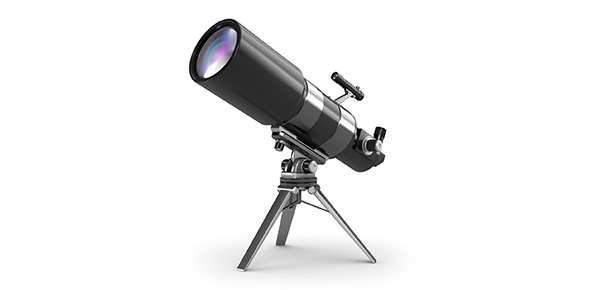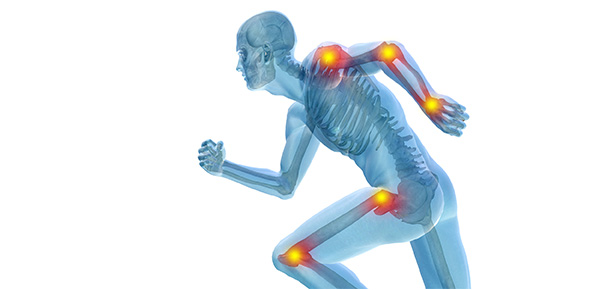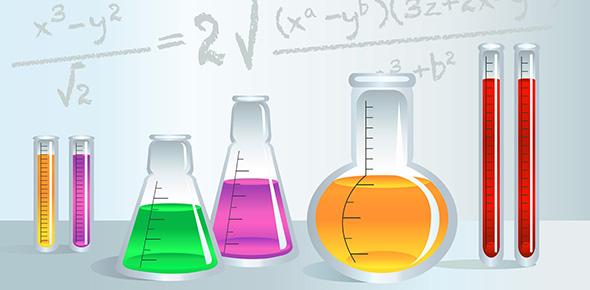Related Flashcards
Related Topics
Cards In This Set
| Front | Back |
|
Pennebaker study
|
College students asked to write 20 min a day for 3 days
-group 1:emotional
-control coup: what the day was like
group 1 made less trips to health center demonstrating a relationship between mental events and physical health
|
|
4 characteristics of good psychologicall research
|
1. theoretical framework
2. a standardized procedure
3. generalizability
4. objective measurement
|
|
Theoretical framework
|
Psychologists are interested in determining the causes of mental events and behaviors
theory: a systemic way of organizing and explaining observation. ie. framework
hypothesis: proposed cause and effect relationships b/w 2 or more variables
|
|
Continous vs categorial variable (theoretical framework)
|
Cont: vary along some continium ie body weight, intelligence, depression
categorial: can take on fixed values ie gender
|
|
Standardized procedures
|
All participants should be exposed to as similar procedures as possible. only exception should be the variation that tests the hypothesis (control v. experimental group)
|
|
Generalizability
|
Sampling must be representative or actual resemblence to population as a whole
-internal validity: are the methods/procedures of the study sound or are they flawed?; is it in a methodogology sound way
-external validity: does the experimental situation reperesent the real world
Experimenters dilemma: trade of b/w the 2; they are indirectly related (as you increase internal validity, external validity therby decreases)
|
|
Objective measurement
|
Construct: trait or characteristic we wish to measure ie depression, intelligence
measure-concrete way to perationalize a concrete concept
reliablity-are you measuring in a consistent way
test-retest: same test/subj;different time
inter-rater- consistency across people
alternate forms-multiple forms of a tests ie test A test B (least popular)
inerity: different items measuring the same thing (most popular)
|
|
Case study
|
Study of 1 person or a small group
drawbacks-small sample size limits and researcher bias
used when large group of participants isnt available
|
|
Naturalistic observation
|
In depth observation in a natural setting
advantage-hgigh generializbility
2 disadvantages- observation can alter behavior and cannot explain conclusion
|
|
Survey research
|
Asks ? to a large sample to gain information on their attitudes
-random research
stratified random sample: specifies # of people to be drawn from each population
|
|
Descriptive statistics
|
Sumarizes data to help you understand what it means
frequency distribution-where the results are clumped
mean-statistical average
mode-most commonly used
median-50%, middle score
range= high-low score
standard deviation: almost every study reports, shows how the avg participant deviates from the mean of the samble "bell curve"
|
|
Shapes of distribution
|
Bell curve: true for most naturally occuring phemonom, departures from reality
skewness
neg skewed-long tail on left more A's than B's
pos skewed-long tail on right
kurtosis-peakness of distributions
|
|
Correlational research
|
Sole purpose is to determine the relationship bw 2 variables
-does NOT tell you causality
bivariable distribution: descrives the relationship b/w 2 variables (like a scatter plot)
|
|
Correlation coefficient
|
Provides a numerical summary of the strength and direction of the relationshiop
pos-high values mean high
neg-low means high
*the closer to + or - 1 the stronger the relationship (the sign tells you if it is a pos or neg relationship)
|
|
Effects of nonlineaity
|
Under estimates the degree of the relationship
|







